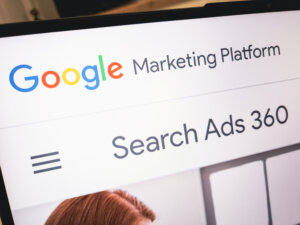How much is too much? How do we know how to present a technical document?- Whether it is written for projects, systems, communication, procedures, applications, prototypes, education, training, user guide, specifications, updates, etc., how do we know how to design the material for the target audience? There may already be a style guide, but what if you think it is outdated and the guide needs to be revamped and needs a fresher approach? You can use the following few ideas as suggestions when involving the design of certain documents.
Many people have examined or looked into how to design material for easier comprehension. Sample tests have been run to understand how a user perceives what they see in images, figures, pictures, symbols, charts, diagrams, etc. You have to be able to describe – how, why, what, when, where, and results. I think the best approach is to use practical examples. If you are writing about complicated tasks, break them down.
There is nothing wrong with having diagrams or flow charts with sub-diagrams or sub-flow charts. There are a lot of existing diagrams and templates online where a main diagram is presented as the upper image, followed by two other sub-diagrams located below it.
Think of a hierarchy or a triangle. All of this can be presented on one page. You can have a frame of information located above two other frames of data. This presentation makes it more interesting and appealing to the reader. Not only that, it will present a more understandable representation of what you are trying to describe, especially when working with anything technical.
People like to see variety in order to remember certain aspects of a diagram. If you can, make it simple and fun. Sometimes, for complicated descriptions, you need a sizable diagram to explain a model. For these situations, I think it is appealing if you break up a page filled with diagrams followed by a page of bulleted text. But you have to be sure that they are on facing pages or else you might lose the flow of the explanation.
And sometimes, for briefing meetings, you can just draw a simple diagram by hand. As an example, when creating a presentation for a marketing meeting where the attendees need to know only the major concept of a product, you can just include simple drawn-out models and views of the new product.
Technical Writers are involved in many areas of a business (as writers, designers, trainers, analysts, etc.), so they need to know and understand the mind of the audience and be aware of their strengths and weaknesses and create a document accordingly. This way, the document is a valuable asset and won’t just be thrown into the corner. As another example, for procedural or use-case designs, make sure the instructions display what to do next. Use arrows, shapes, or any kind of configuration to make the image stick in the reader’s mind.
If you have other ideas about designing or including designs for explanations, please leave a comment.
 Sections of this topic
Sections of this topic
















